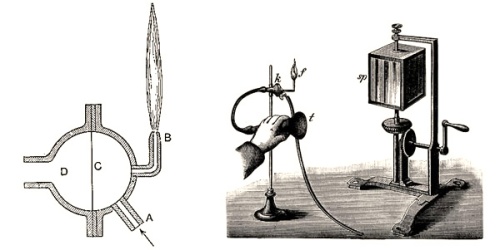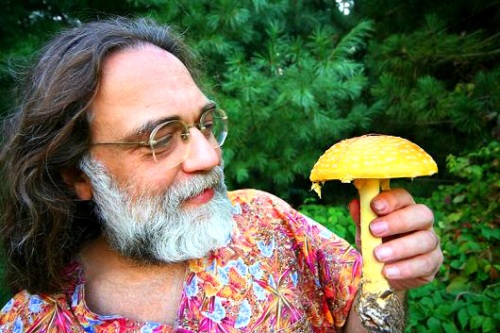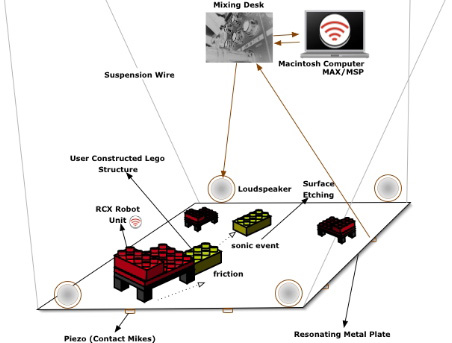
Digital humanities is an umbrella term for branches of humanities disciplines (such as linguistics, literature, history, music, art and religious studies) in which digital technologies are used: as the application of digital technologies and methods humanities objects (e.g., works of music, literature, art) or as the application of humanities methods to digital objects (e.g. digital sound recordings, videos, websites and graphics). Examples of such interdisciplinary applications include digital coding, storage, archiving, searching, processing, and analysis of humanities objects as well as historical, linguistic, cultural research into digital objects.
Today, digital humanities methods are a part of all humanities research. The digital humanities emerged from the first applications of digital calculators and computers in humanities research in the 1950s, primarily in linguistics, but soon also included music research and other disciplines. Since then, its importance has grown steadily with the development of new computer and software technologies.
The basis of many digital music research projects is the digital storage and notation of music. In the mid-1950s, a project at Bell Telephone Laboratories led by Max Matthews (1926–2011, pictured above) developed technology to transmit telephone conversations in digitized form, the MUSIC-N series was the first computer program to generate digital audio through direct synthesis. MUSIC I (1957) and MUSIC II (1958) synthesized simple sounds over a limited number of triangular wave functions. However, it was not until MUSIC III (1960) that the first comprehensive synthesis program emerged. MUSIC IV (mid-1960s) was rewritten in the FORTRAN programming language and revised and expanded as MUSIC V in 1969 at Bell Laboratories. MUSIC V offered more global sound control, the ability to represent individual notes and note patterns, and supported the simulation of performance nuances (such as ritardando and crescendo). MUSIC V’s global parameter differentiation and event list were also precursors to the standard MIDI file format. Today, SAOL (1999) is a MUSIC-N programming language that is part of the MPEG-4 audio standard.
The Plaine & Easy Code was developed by Murray Gould in the early 1964s and later expanded by Gould and Berry S. Brook. It was intended to enable the transfer of musical bibliographic data to electronic data processing devices. The Plaine & Easy Code was a purely monolinear notation, encoded with normal typewriter symbols, with which not only tempo, key, meter, pitch, and durations could be encoded but also some phrasing and ornamentation symbols. Below is an example of the notation.

Below Max Mathews demonstrates his Radio Baton Controller and Conductor software program and performs brief selections by Bach, Chopin, and Beethoven.
Here are some related Bibliolore posts:









